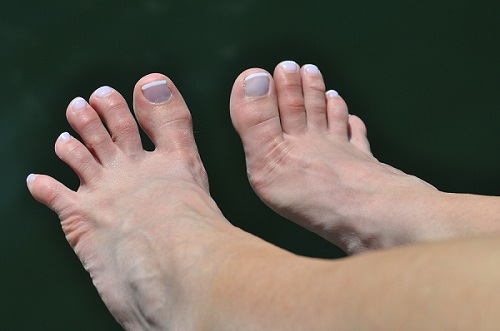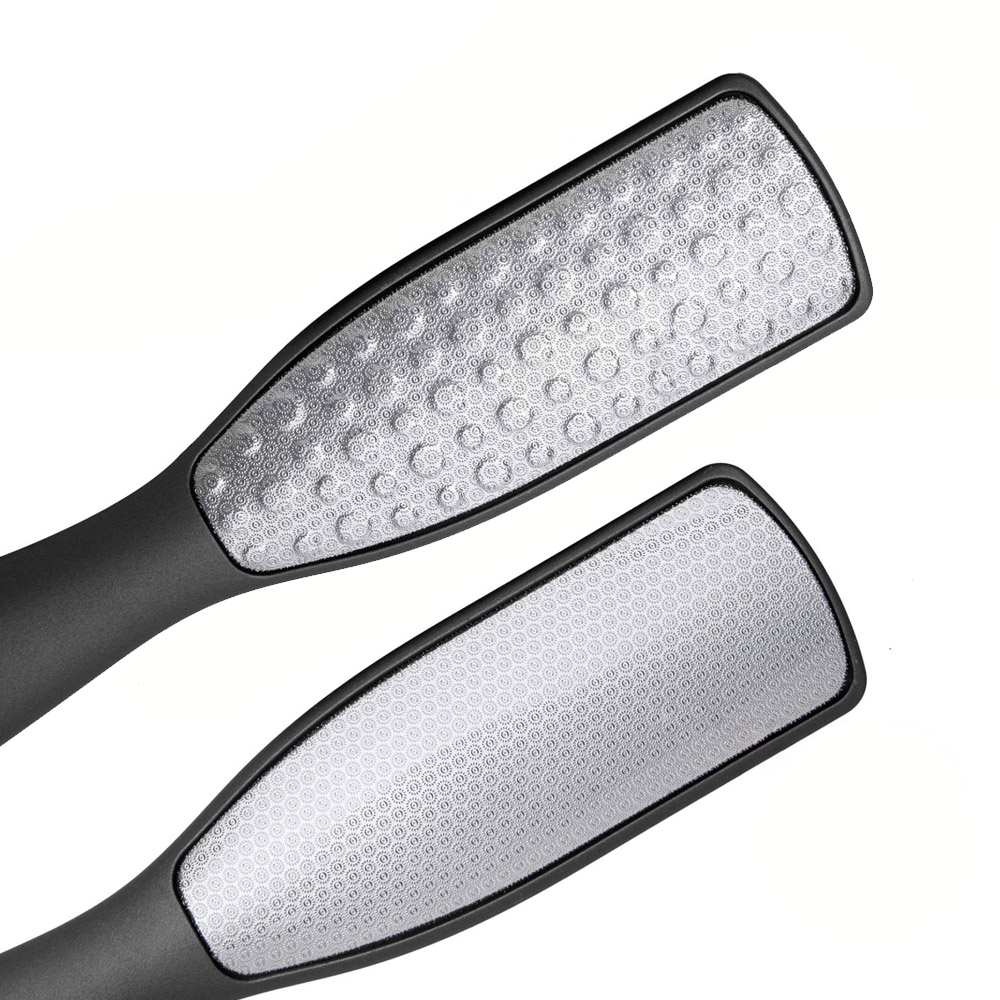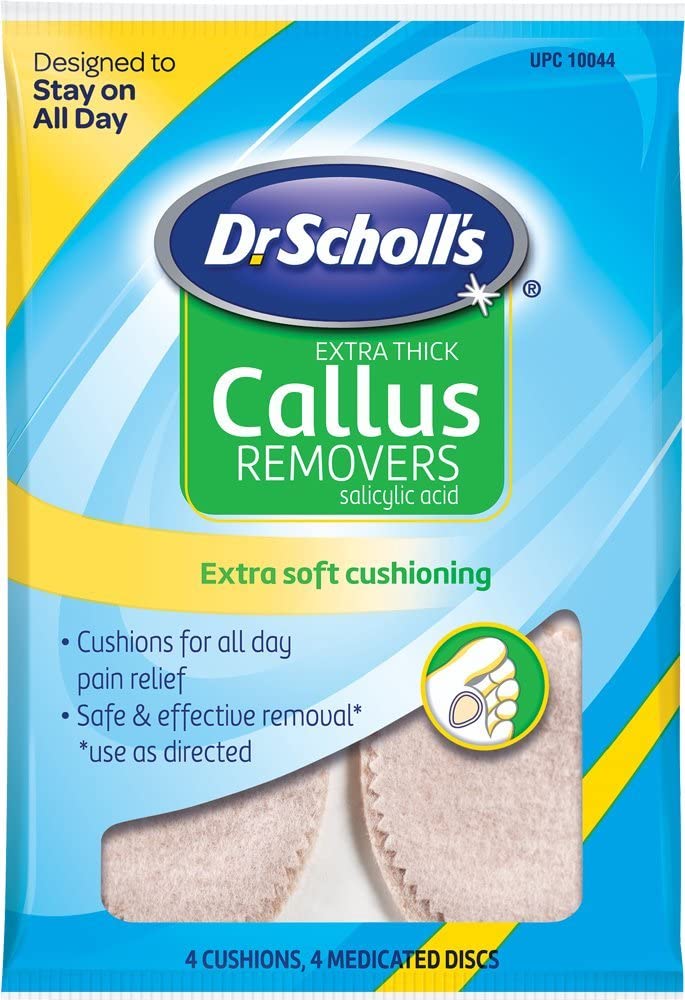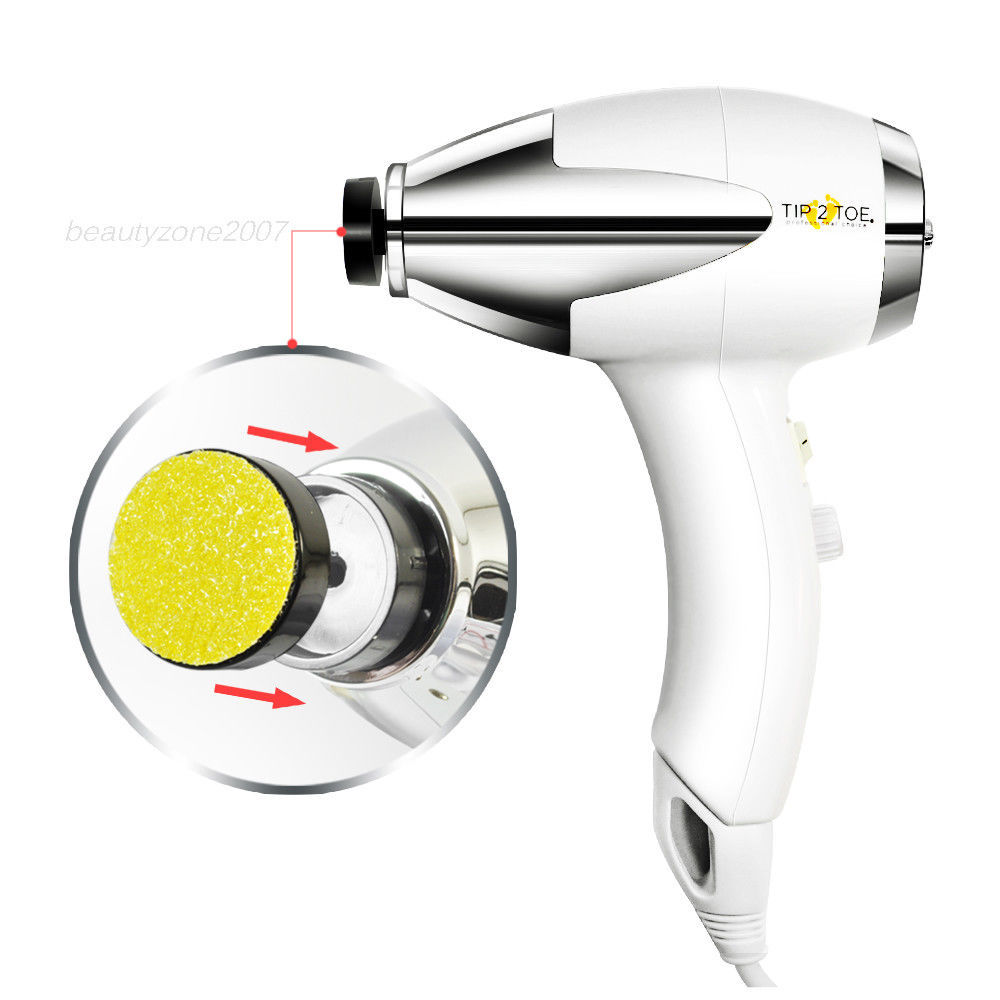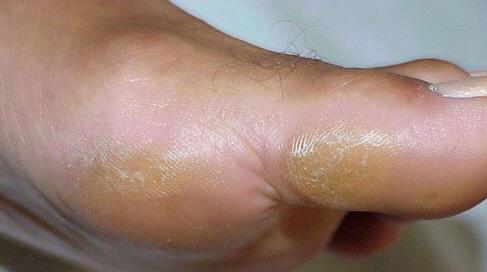
A large callus on outside of your big toe can be uncomfortable and, in some cases, cause the area to go numb when the big toe joint is affected. What causes callus on outside of big toe and what can you do about it?
Calluses on side of your big toe are caused by excess pressure or friction. When the big toe joint is affected by rolling while walking, numbness can occur as the joint is shifted and compressed.
Now that you understand the cause of a callus on side of big toe, let’s take a closer look at what you may be doing to encourage the development of calluses and what you can do to get rid of them for good.
What Is a Callus?
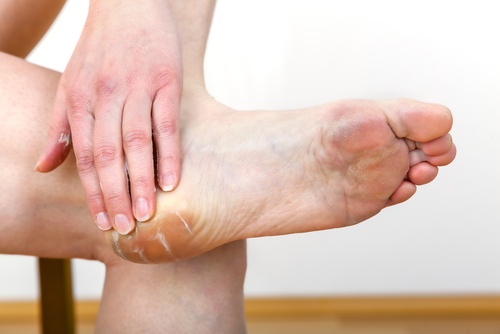
A callus is a layer of thickened skin that is caused by excess pressure or friction on the affected area.
Calluses can be caused by shoes that are too big and cause friction by sliding around or if you have a more active lifestyle. Whatever the case may be, calluses are the body’s natural response to toughen up the skin in response to increased friction or pressure.
There’s nothing inherently dangerous about calluses, but they can be uncomfortable and lead to pain and numbness in some circumstances.
Why Is My Big Toe Numb?
Numbness in the big toe can be caused when the big toe joint is jarred while walking, referred to as hallux limitus. When the big toe isn’t able to move properly as you step, excess pressure is exerted against the outside of the big toe, pinching the skin and inevitably causing the formation of calluses.
Doing so might also irritate the nerve in your big toe, leading to numbness and pain. This condition is medically referred to as compressive peripheral neuritis, an inflammation of the nerve in your toe caused by compression.
Calluses and other conditions can also lead to the development of bunions, a bony spot at the joint of your big toe that occurs when the bones in the front of your foot move out of place. The tip of your big toe subsequently gets pulled towards the smaller toes and forces the joint to shift.
Many patients with bunions experience the same pain and numbness since they are forced to roll over the edge of the big toe whenever they take a step. The skin is pinched, and the friction force causes your body to respond by forming calluses.
Treating Numbness and Pain Caused by Calluses
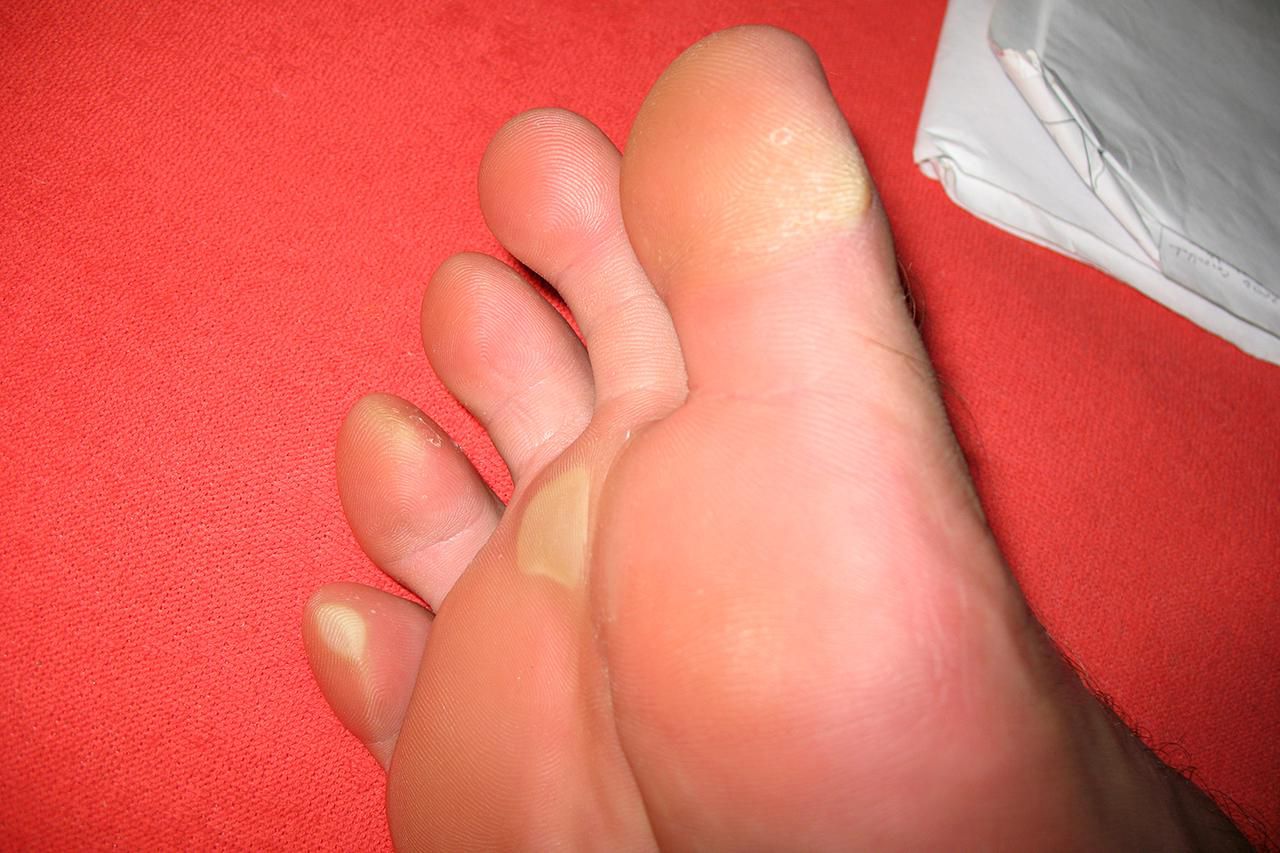
The best way to approach numbness and pain in your big toe caused by calluses is to utilize shoes that enable proper motion of your big toe. Stable shoes—even ones that are custom-prescribed by podiatrists—can be used to allow for better big toe movement.
This process reduces the “rolling” that causes the compression and inflammation leading to pain and numbness. The only way to properly reduce pressure is with a custom orthotic shoe designed to treat the problem.
Home Remedies for Big Toe Callus
You can take some active steps at home to improve the motion of your big toe joint and reduce pressure on the side of your toe. Most of these steps involve finding podiatric-approved arch supports and footwear for your needs. Keep your feet clean and neat while you recover. If you need tips on how to cut thick toenails, check here.
Arch Support Shoes
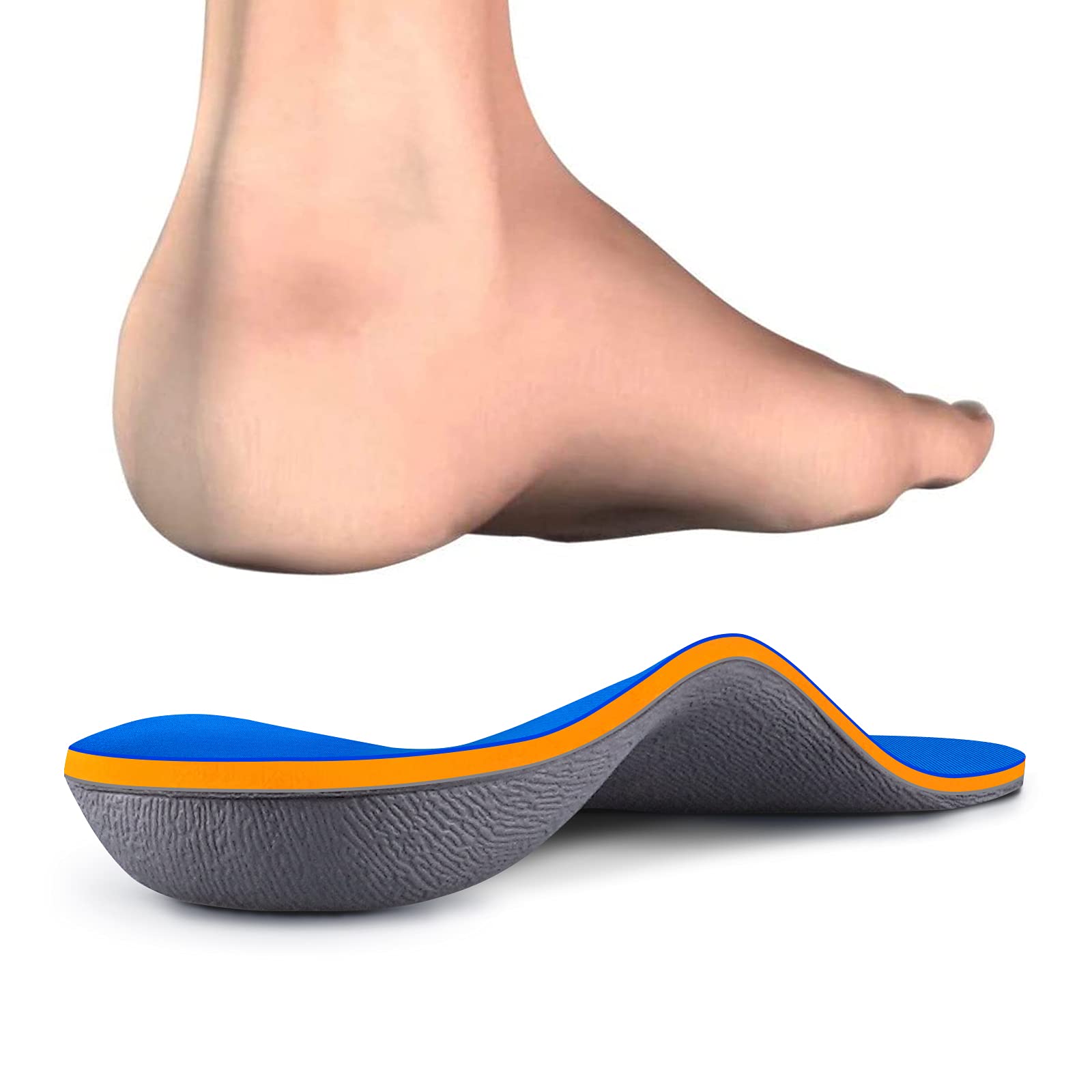
Arch supports work well to avoid rolling on the side of your toe, reducing the risk of callus formation on the side of your big toe. Of course, OTC orthotics won’t be as custom-tailored to your feet as custom ones, since they don’t conform as perfectly to your individual arch structure, but they can certainly help.
Some come with pads that can increase arch height, allowing you to better reduce pressure and friction that may be causing your numbness and pain.
Arch Support Flip Flops
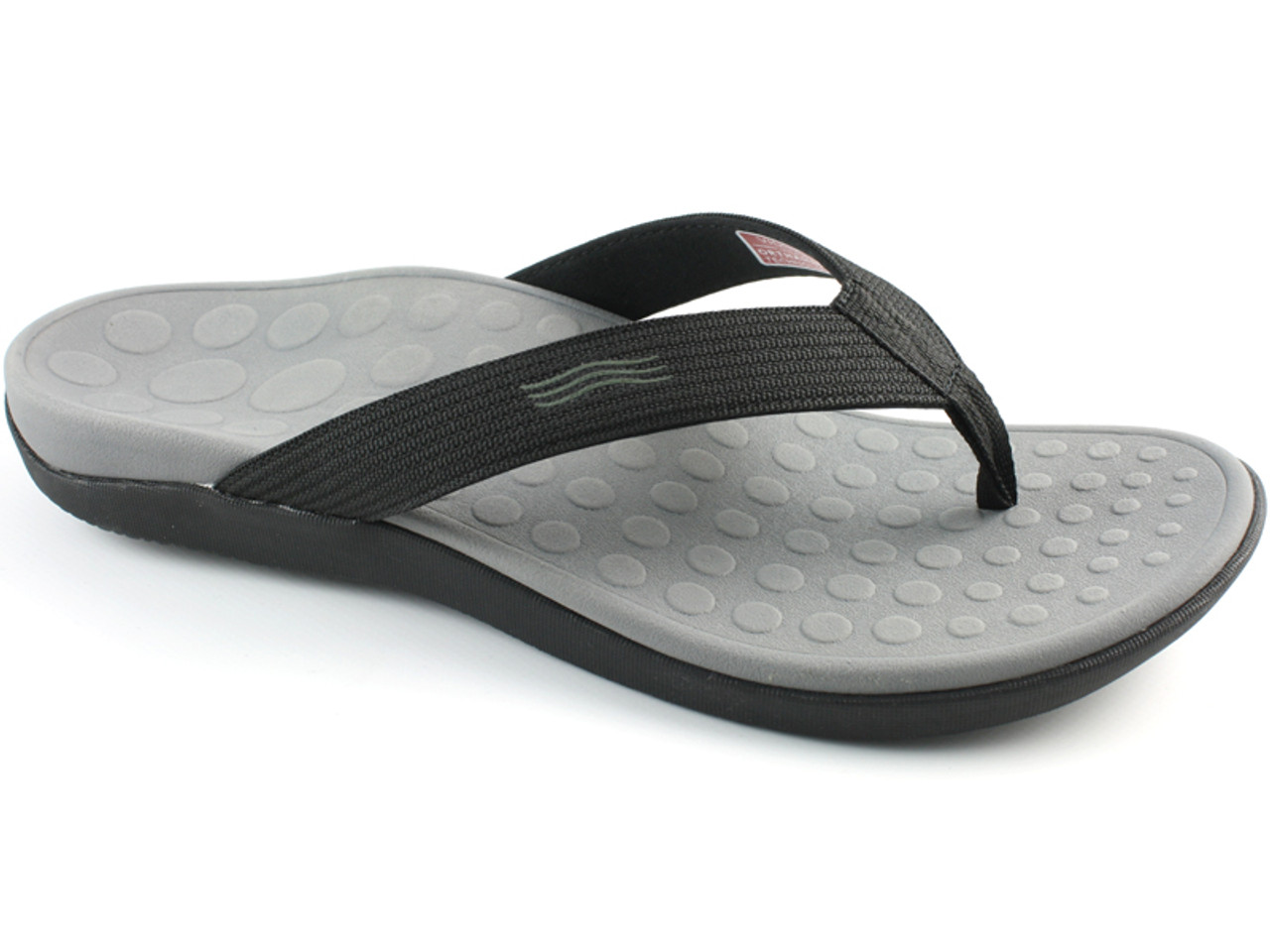
Sandals with arch support should be used around the house. Doing so decreases pressure on the joint and helps reduce the risk of developing or enlarging calluses.
Wear Good Sneakers
Stable shoes are important for day to day function, and shoes that are too large or too small can both have adverse effects.
Shoes that are too big can cause increased friction and rolling if the ankle support isn’t sufficient, leading to calluses. Similarly, shoes that are too small can compress your feet, leading to bunions and the aforementioned rolling that causes numbness and pain in the big toe.
The bottom line is to pick shoes that fit you well, are comfortable, and are breathable.
Use an Electric Callus Remover
While it won’t fix the underlying issue that’s causing the calluses, using an electric callus remover is a good step to relieve some of the pressure and numbness caused by your calluses. Ideally, you can use it after the shower when your skin is softest.
Use gentle pressure to grind the callus thinner until the callus is back to normal size or starts to warm up. If your skin feels hot, pause for now and do a little more later in the day or on the next day.
Do a little each and every day to relieve the pressure caused by your calluses and to achieve optimal foot health. You can find some of the Best Callus Remover in our article, being Swissklip Callus remover as the best foot scrubber, and Lee Beauty Callus Remover making it to the top 5, also check out our article to know how to remove thick dead skin from your feet.
Use a Callus Prevention Patch
Generally applied to your insoles, callus prevention patches help to reduce friction on your feet, the number one cause of callus formation. Taking this small extra step can help you significantly to avoid calluses in the future.
Final Thoughts
A callus on the side of the big toe can be painful, especially if it leads to numbness and pain. The most important thing is to adjust your shoes to give your big toe joint the support it needs. If home remedies or adjustment don’t reduce the discomfort or pain of your callus, consult a podiatrist to consider orthotics that are catered to your individual needs.

